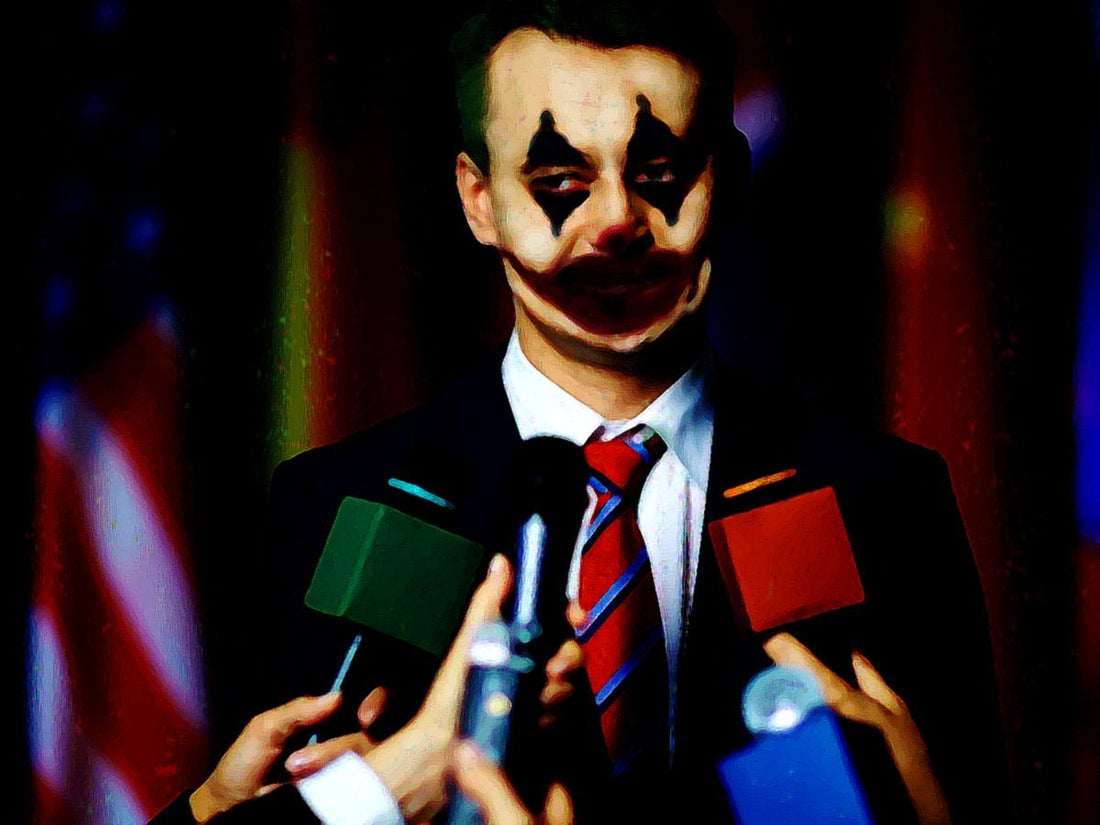The Power of Altered Photography in an Increasingly Digital World

The advent of the internet has broadened the art world far beyond any of our wildest dreams. Not only can artists find a global audience from the comfort of their own home and move viewers for the small price of internet access, but now anyone can make art. If you have a phone with a camera, you can take and edit photos. With just a few dollars and access to a craft store, you can buy paints and get right down to work.
Art is not alone in this newfound expansion. Our social networks now span tens of thousands of miles. We can buy goods from across the globe and they will arrive in our hands in a matter of days. Our lives and worlds are becoming faster and more diverse by the second.
How we adapt to these vast changes is indeed the question of the century. We must change our lives on the individual and societal level as our digital presence becomes more and more important to our personal and professional lives. New leaders emerge as algorithms give precedence to views over personal identifiers. Even the smallest people have the potential for extreme reach.
Many of these leaders are behind the scenes. They may not show their faces, but that does not diminish their impact. Take photography, for example. The first photographs took hours to properly expose the film. Even as the technology improved and photos could be taken in a few seconds, setting up and operating a camera was no small feat. Photography required special equipment to be operated by trained individuals. Photographs were treasures; you no longer had to sit for hours and pay thousands to have your portrait painted. These were moments made physical, and they weren't reserved for the wealthy the way paintings were.
Nowadays, cameras are so small and efficient and widespread that we can take ten pictures in the span of a second. Photo and video is one of the top ways we convey information online. Think how many photos exist now of, say, the Queen of England or the Statue of Liberty. Once, these likenesses may have been sacred. They would have required immense skill to create, or you would have had to travel far to see them in person. In modern times, they are mass produced and with abundance comes decreased value.
This certainly seems bad, no? Are we losing touch with the magic of art because it is so abundant? If everyone can do something, why do we care that anyone does it?

Well, we care because each person has their own perspective to show. Beyond capturing likenesses of famous people and landmarks, each person can also edit them to tell a story beyond that single moment. The genre of Pop Art serves to highlight the contrast between individuality and monotony that we see so often on the internet. The “Jokers” series by artist Desert Lashes portrays several figureheads with the classic blue diamond eyes and exaggerated red smile of the joker. In “Queen”, Queen Elizabeth II’s gaudy floral outfit and outdated hairstyle are presented in front of brightly colored street graffiti, with her face digitally blurred to exaggerate her wrinkles. The “Joker of Liberty” stands in front of a technicolor sunset, making her look dull and rigid. A newscaster sits at an empty table, staring with soulless eyes from in front of a satirical rephrasing of his words reflected in the title of the piece, “Blah Blah Blah”. In “Very Important”, a politician stands frozen before a slew of press microphones with a guilty look on his face as he contemplates what lie to tell next. Each of these figures represents power, and by defacing their image with the makeup of a trickster and blurring the realistic details of the photograph, Desert Lashes brings their authority into question. Can we trust the words that they say and the systems that they stand for? In this light, they do not look so worthy.
Desert Lashes use bright colors in an unusual way. Generally, bright colors are quite pretty. They evoke sunsets and live music shows and fields of flowers. In these images, though, they come across as unnatural, even grotesque. The sky behind the Statue of Liberty is radioactive bright. The graffiti behind the queen is modern and urban, in stark contrast with her attire and the ancient monarchy she represents. The white in “Blah Blah Blah” is fluorescent and glowing like a TV screen and the politician in “Very Important” blends into the dark background, making him sinister and untrustworthy.

These people do not look real, yet we know that they are. The viewer immediately perceives them as altered photographs and can recognize the faces in them. Such permutations act as political commentary. Our increasingly digital worlds are full of bright unnatural colors and altered images and powerful people who make fools of us all. By turning the foolery back onto the people in power, we see them for what they truly are, underneath all the bravado.
One individual has the power to make these observations and put them forth in their art. One single anonymous artist can take these symbols of western strength down a notch with some thoughtful digital editing and collage. The product is a compelling Pop Art statement about power and iconography.
Even as the world population grows and the number of digital content increases, we each have a duty to recognise and address the problems that arise. Desert Lashes presents a stunning example of how art can address politics and power imbalance. Photography may be a common ability in present times, but not all photos are art. Photography may be common, but real skill and artistic vision, paired with social critique, is what makes for good, thought-provoking art.
